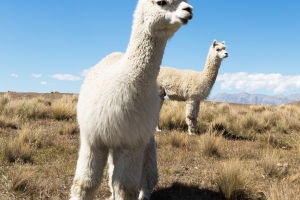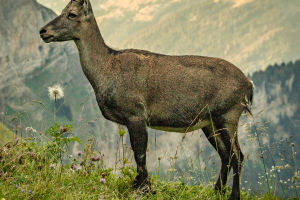In the darkness of the night, the call of an owl echoes through the forest, always enveloping people with a sense of mystery.
From ancient times to the present, owls have been important characters in culture, mythology, and legends.
Let's delve into the mysteries of these nocturnal birds, unveiling the various veils of mystery surrounding them.
1. Adaptation to Nocturnal Life
One of the mysteries of owls is their nocturnal lifestyle. These creatures possess extraordinary adaptations to darkness, with sharp vision and hearing that allow them to hunt prey at night.
The unique feather structure and specialized auditory system of owls enable them to fly silently, making them excellent hunters. This adaptability allows owls to move freely in the darkness, becoming the rulers of the forest at night.
2. Role as Cultural Symbols
Owls play significant symbolic roles in cultures around the world. In ancient Greek mythology, owls were incarnations of the goddess of wisdom, Athena, symbolizing wisdom and knowledge.
In ancient Egypt, owls were sacred creatures associated with death and regeneration, often appearing in pharaohs' tombs and temples. In many indigenous cultures, owls are also seen as omens of misfortune or death. These cultural backgrounds make owls more sacred, and deeply rooted in people's hearts.
3. Unique Appearance
Owls have a unique and impressive appearance.
Their large eyes, flat faces, and silent flight make them look both mysterious and elegant. Different species of owls have different appearances; some are majestic like raptors, while others are cute like little elves, making owls even more charming and diverse.
4. Intriguing Behavior
The behavior of owls is also full of mystery.
They are often active at night, preying on small mammals, insects, and other birds. The calls of owls are also unique; each species of owl has its specific call, some melodious and others eerie. These calls are not only used for communication but also for intimidating potential rivals or attracting mates.
5. Conservation Challenges
Despite the mystery and allure of owls, they also face conservation challenges. Habitat loss, declining prey populations, and environmental pollution pose threats to owl survival. Protecting the habitats of these mysterious creatures has become an important mission for conservationists and scientists today.
Before concluding this exploration, we have delved into the mysteries of owls, the nocturnal birds. From their adaptability, cultural symbolism, and unique appearance to behavioral patterns, owls are undoubtedly fascinating creatures. However, we should also remember that protecting the habitats of these mysterious creatures is our shared responsibility. Let us work together to protect owls and other precious species, allowing them to continue to thrive on our planet.


